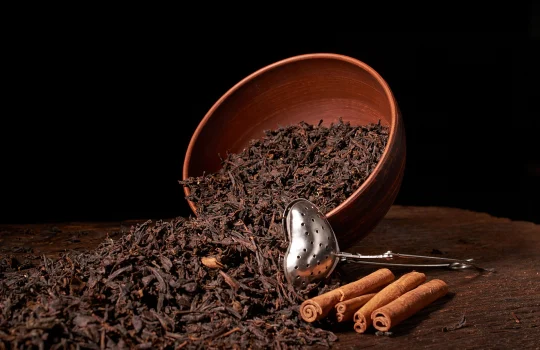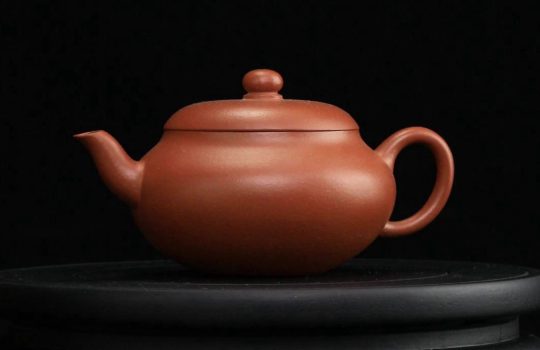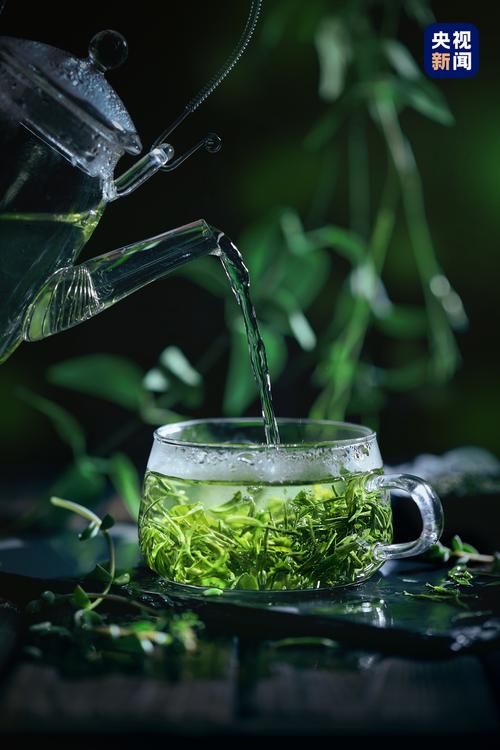The origins of tea, a global beverage, can be traced back to remote antiquity. The origin of tea needs to be understood from two perspectives: the botanical origin of tea, i.e. when and where the tea plant appeared on earth; and the social origin of tea, i.e. who discovered tea and when they started to utilise it.
From a biological point of view, the tea tree belongs to the genus Camellia, a group that appears particularly old in evolutionary history. According to research, the origin of the tea tree can be traced back to 40 million years ago, and some scholars have even proposed 60 to 70 million years. It is worth noting that the Yunnan-Guizhou-Sichuan region in southwestern China is regarded as the cradle of the tea tree, where wild tea trees are extremely abundant.
Let’s look at the social origin of tea, i.e. about the discovery and utilisation of tea. It is widely believed that the discovery and utilisation of tea by humans dates back to about 5,000 to 6,000 years ago, however, it has also been suggested that this history may be more than 10,000 years old. Numerous legends have been passed down about the discoverer of tea, two of which are particularly notable.
1. According to the Divine Husbandman’s Classic of the Materia Medica, Shennong was unfortunate enough to encounter seventy-two poisons in the course of tasting a hundred herbs, but he accidentally discovered that tea could cure all the poisons. This discovery makes tea occupy an important position in human history.
2, another popular legend is the ‘Dharma meditation’ story. Legend has it that during the Sixth Dynasty, Dharma came to China from India and made a grand wish to meditate for nine years. For the first three years, he stayed awake as long as he wished, but unfortunately, due to physical exhaustion, he eventually fell asleep. Upon awakening, Dharma angrily cut off his eyelids. Surprisingly, the severed eyelid gave birth to a small tree, whose branches and leaves flourished. When Dharma soaked the leaves in hot water and drank them, it surprisingly eliminated his sleepiness. Eventually, Dharma succeeded in honouring his vow of nine years of meditation.
Classification of Tea
Tea, the magical drink, has played an indispensable role in the long history of mankind. It has a wide variety of types and is categorised in different ways. According to different criteria, tea can be classified into several categories. For example, according to the production process and the degree of fermentation, tea can be divided into six categories, including green tea, black tea, oolong tea, white tea, black tea and yellow tea. Each category of tea has its own unique flavour and efficacy, bringing people a colourful tea-drinking experience.
According to incomplete statistics, there are many different types of tea in China, each with a unique name, appearance and taste. Therefore, in order to fully understand the knowledge of tea, you must first master the classification of tea.
According to the national tea classification standards, tea can be divided into green tea, yellow tea, white tea, oolong tea (green tea), black tea, black tea six categories. These six categories of tea all refer to the original leaf pure tea, the production process does not add any other substances. It is these six categories of tea that we drink, talk and learn about on a daily basis.
In addition, there is also a ‘reprocessed tea’ in modern tea, which is a blend of tea leaves and flowers or fruits, such as jasmine tea (a blend of green/white/black tea and jasmine) and peach oolong (a blend of oolong tea and peach). These teas retain the aroma of flowers and fruits while incorporating the flavour of tea, and are popular among young people.
It is worth noting that the categorisation of tea is not based on the name of the tea alone. For example, Dahongpao is still an oolong tea despite the ‘red’ in its name, and Anji white tea is actually a green tea despite its name. Therefore, in determining the type of tea, can not rely solely on the name of the tea, but should be based on its processing technology to determine.




